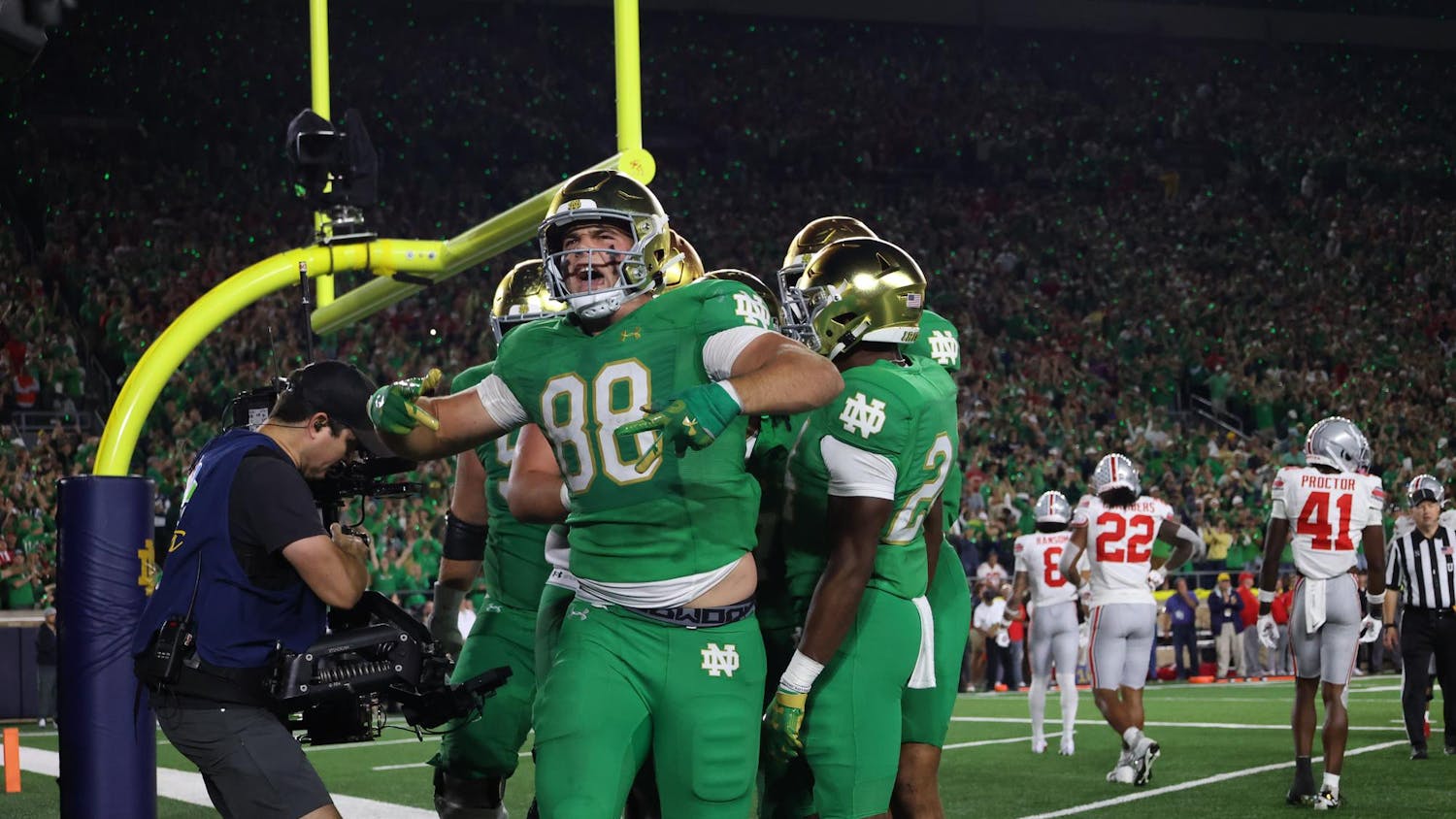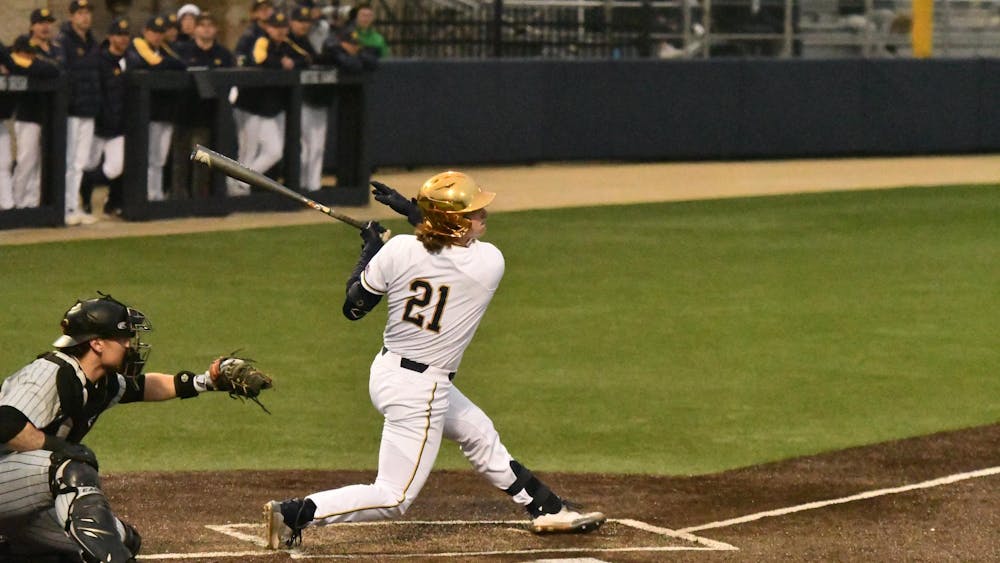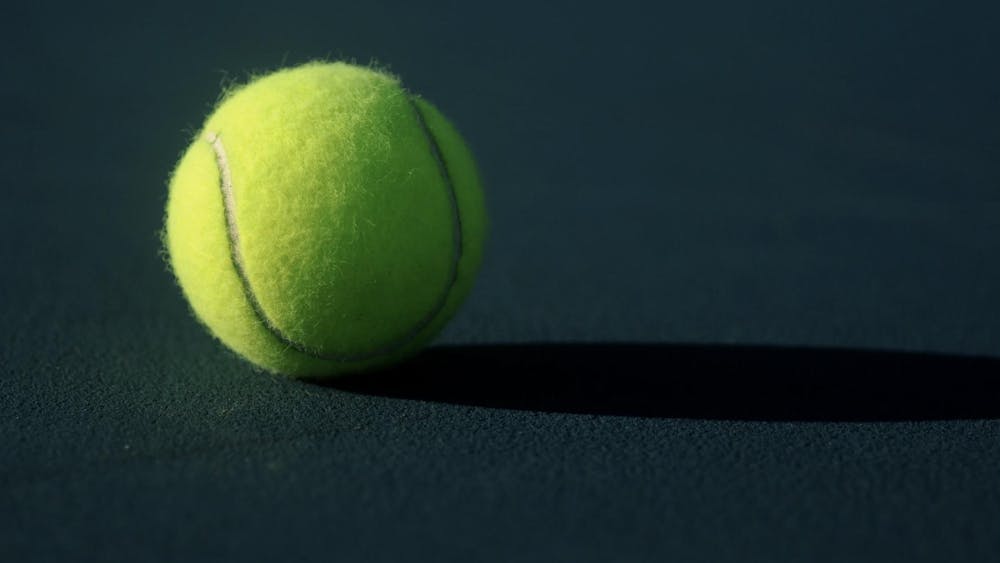In 1995, Kevin Garnett announced he would forego college and enter the NBA draft. His decision was met with much scrutiny and has turned eligibility issues into some of the most prominent in basketball discussions over the last 20 years.
Garnett paved the way. In the 10 years leading up to 2005, 38 high school players were taken in the NBA draft.
But after a new collective bargaining agreement in July 2005, potential NBA Draft entrants had to be 19 years old and at least one year removed from high school. With the CBA, high schoolers are effectively forced to go to college for a year.
The longstanding argument has been that these players were mentally and physically unprepared to turn professional right out of high school. But is that really the case? Just look at what Kobe, Tracy McGrady and KG did in their first few years or the Rookie of the Year trophies sitting on Amar’e and LeBron’s shelves.
The biggest argument against the rule is that a lot of basketball players just stay the bare minimum time at their respective universities. From 2006 to 2013, 60 basketball players bolted for the NBA after their first season. There are the bona-fide stars — Anthony Davis, John Wall, Kyrie Irving and Derrick Rose come to mind — but there are also the middling prospects whose potential maxes out as rotation players or even bit contributors. These are guys like Maurice Harkless, Ricky Ledo or Archie Goodwin, non-lottery picks who had a much less certain professional future.
These guys knew they were going to the NBA after year one whether they averaged nine points a game in college or 29: think Zach LaVine. Why not let them test the waters out of high school? If high school basketball players think they are ready right away, so be it. The risk would be their own. With the CBA, however, there is no decision to be made. In essence, the NBA has made it for them.
Here’s my solution: change the eligibility requirements to mirror Major League Baseball, where players can be drafted out of high school. However, if they decide to enroll in college, they have to wait until they are 21 or have completed their junior year.
This puts the decision back into the players’ hands, while also prioritizing the college degree to those who choose not to jump straight to the pros.
Yet this problem cannot be tackled without considering the second glaring deficiency of the NBA — its lack of a decent farm system. In order for my scenario to work, the NBA would have to devote more resources towards its Development League, which falls well short of its NHL and MLB counterparts in prestige and structure.
The D-League has been on the upswing for the last few years, but the NBA still needs to show more of a commitment to player development. Allowing players to go straight from high school to the pros again could be the impetus for the NBA to finally commit to a legitimate farm system. This would not only benefit the players directly from high school, who had no interest in college and need a year or two of seasoning, but also the college prospects that wouldn’t have a chance to get drafted otherwise. With a larger farm system, the NBA expands its talent pool and allows athletes to continue realizing their dreams of playing professionally.
Sure, it might water down college basketball a little. But that’s something I am willing to accept, for two reasons; it puts the decision back in the athlete’s hands, while giving the college game only to the kids who truly want to be there.













